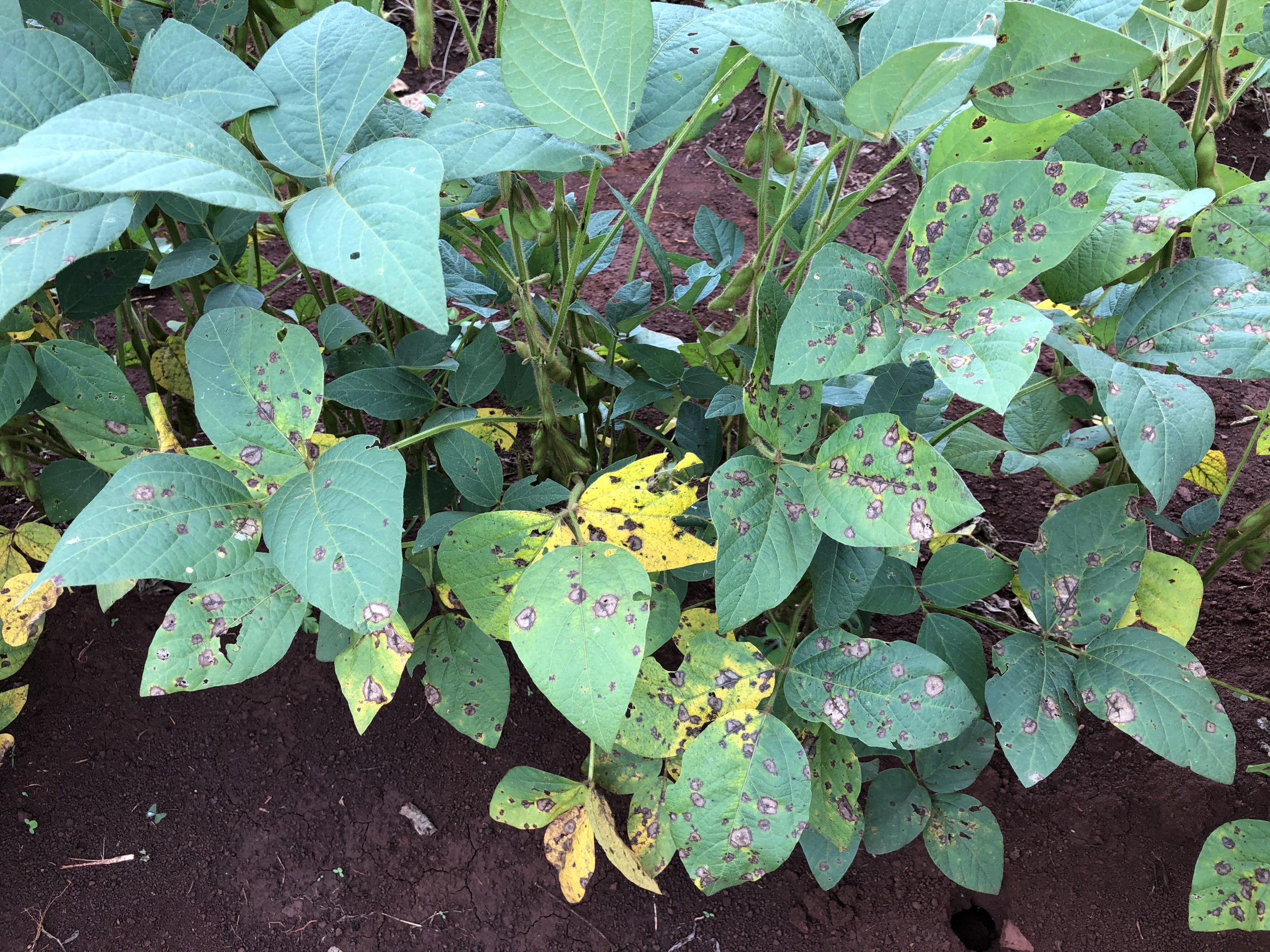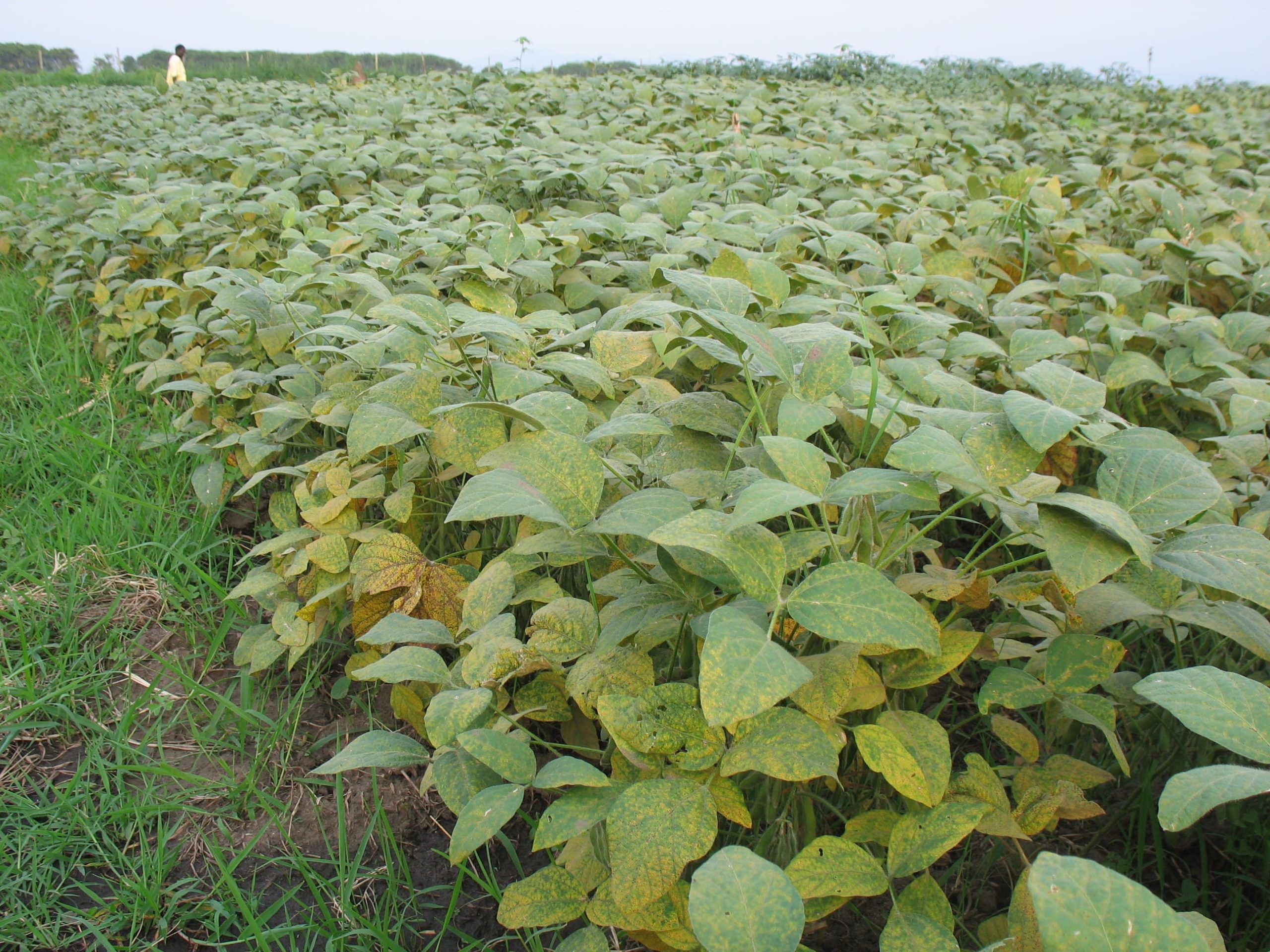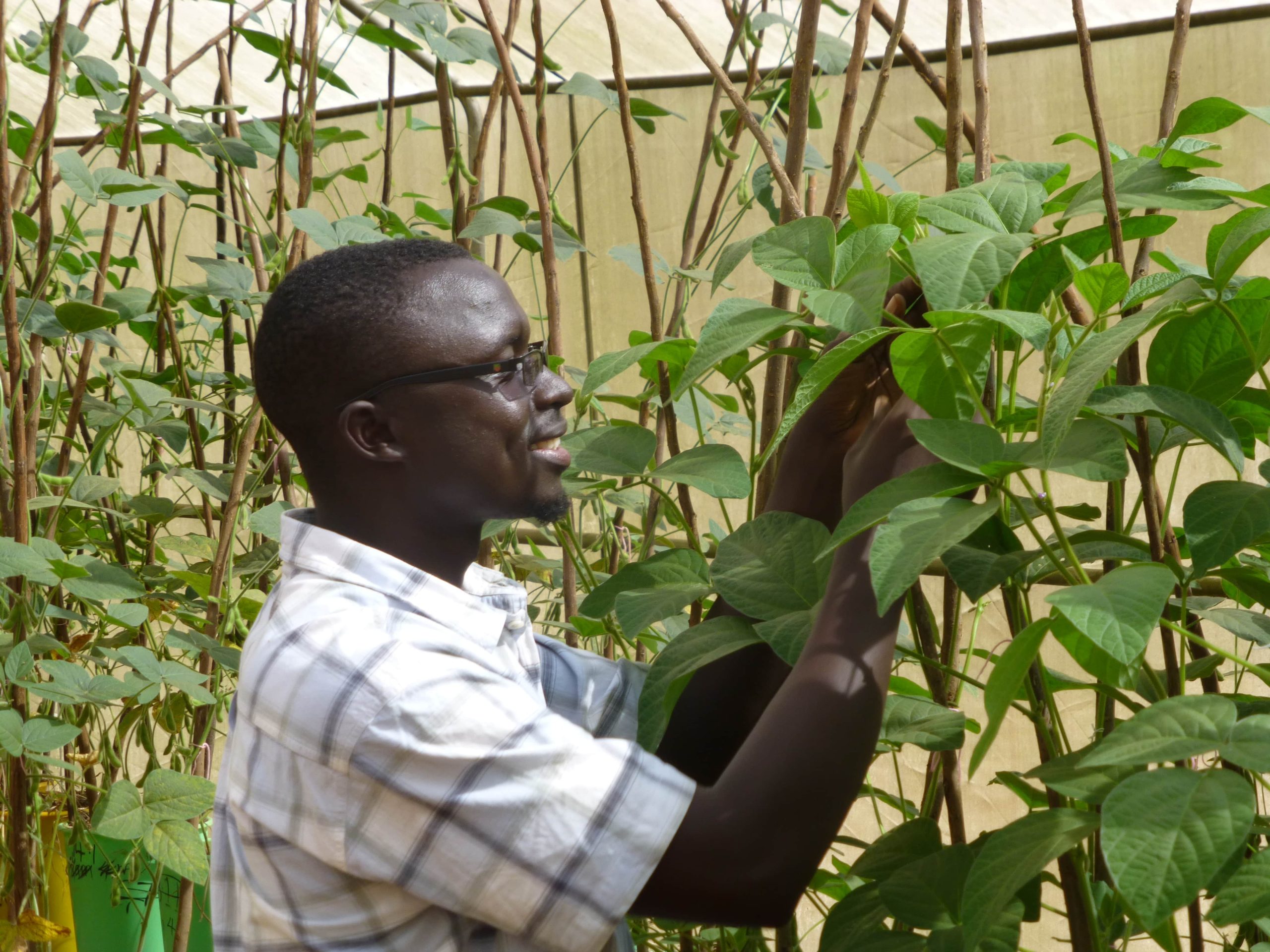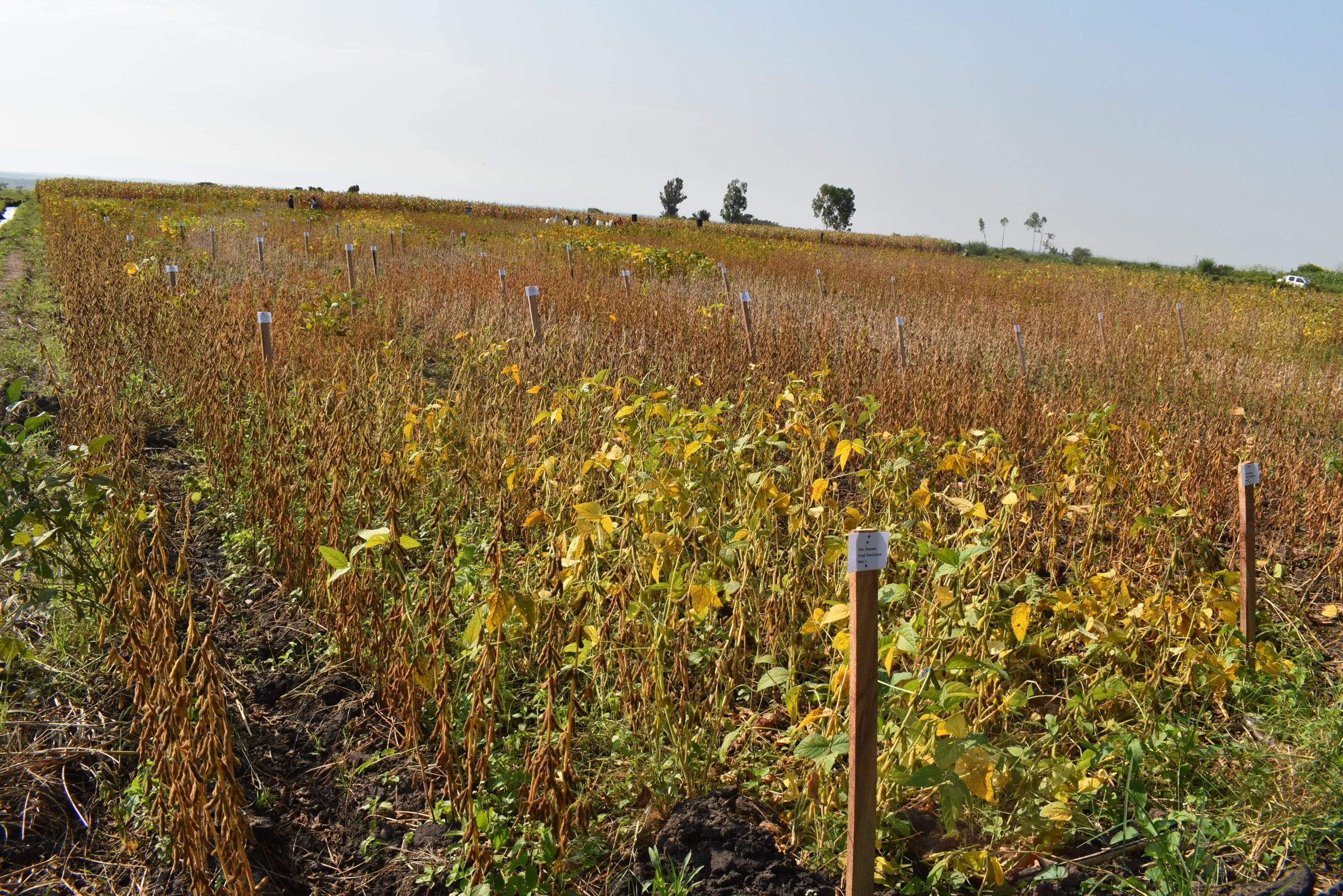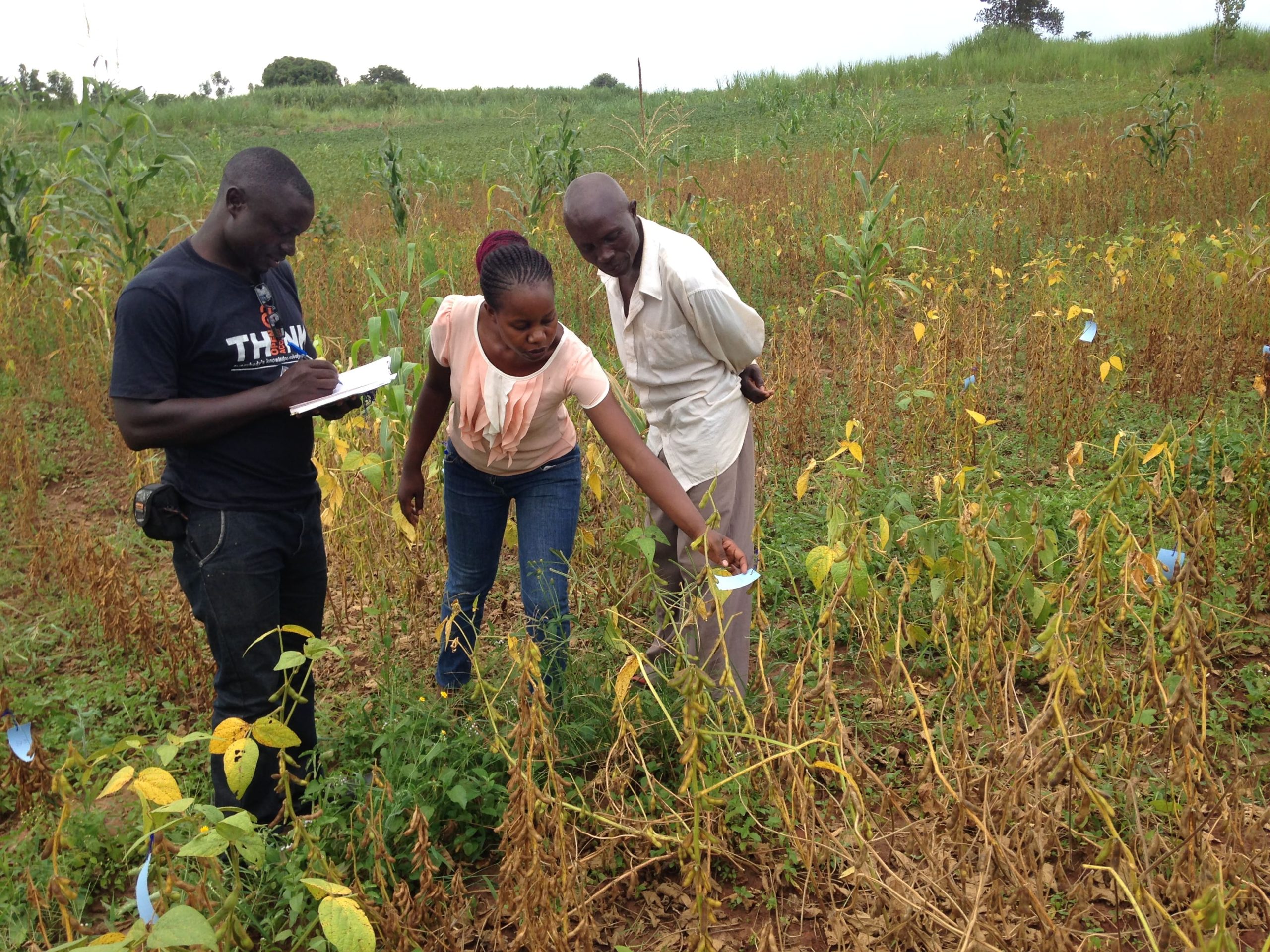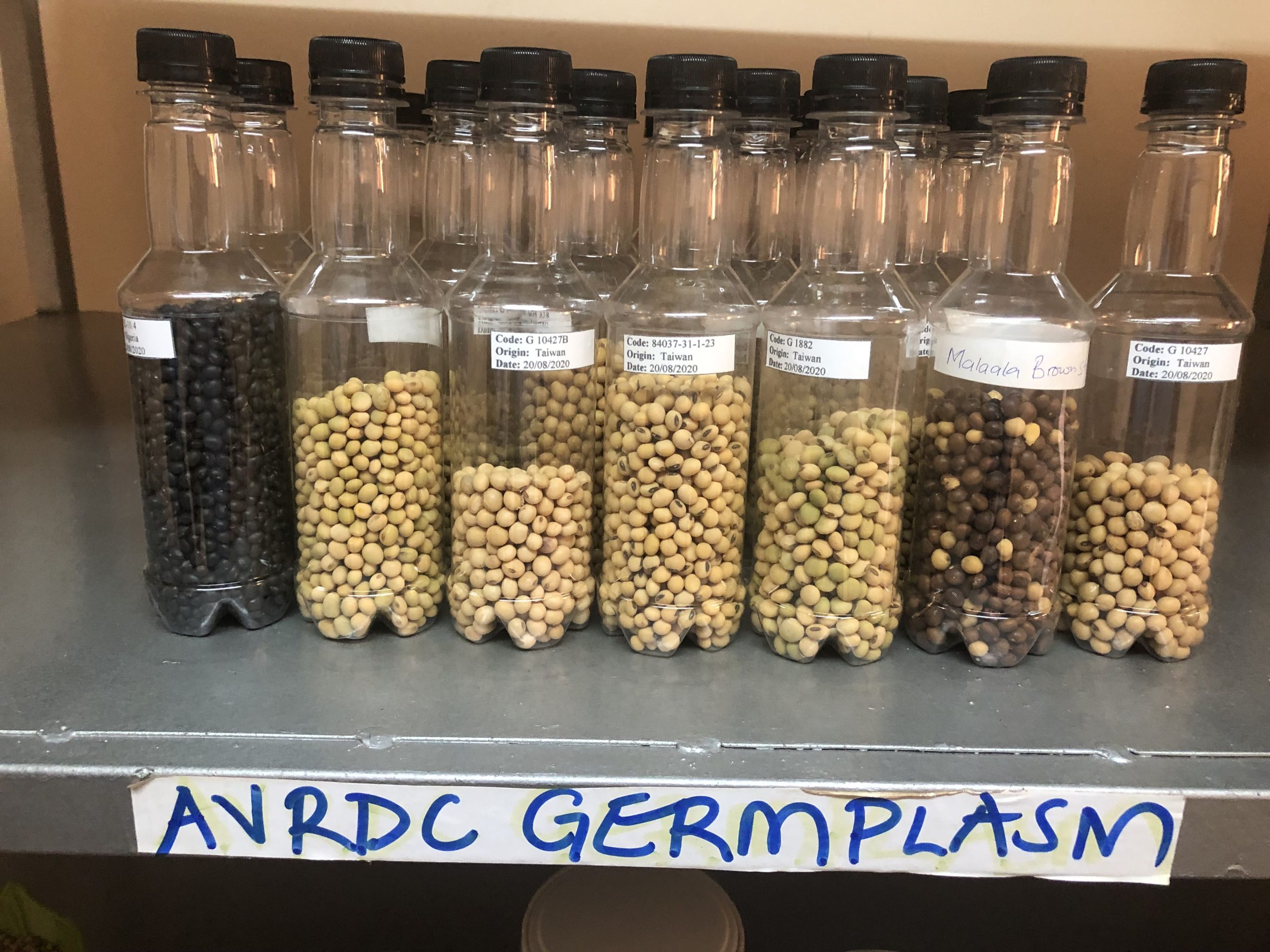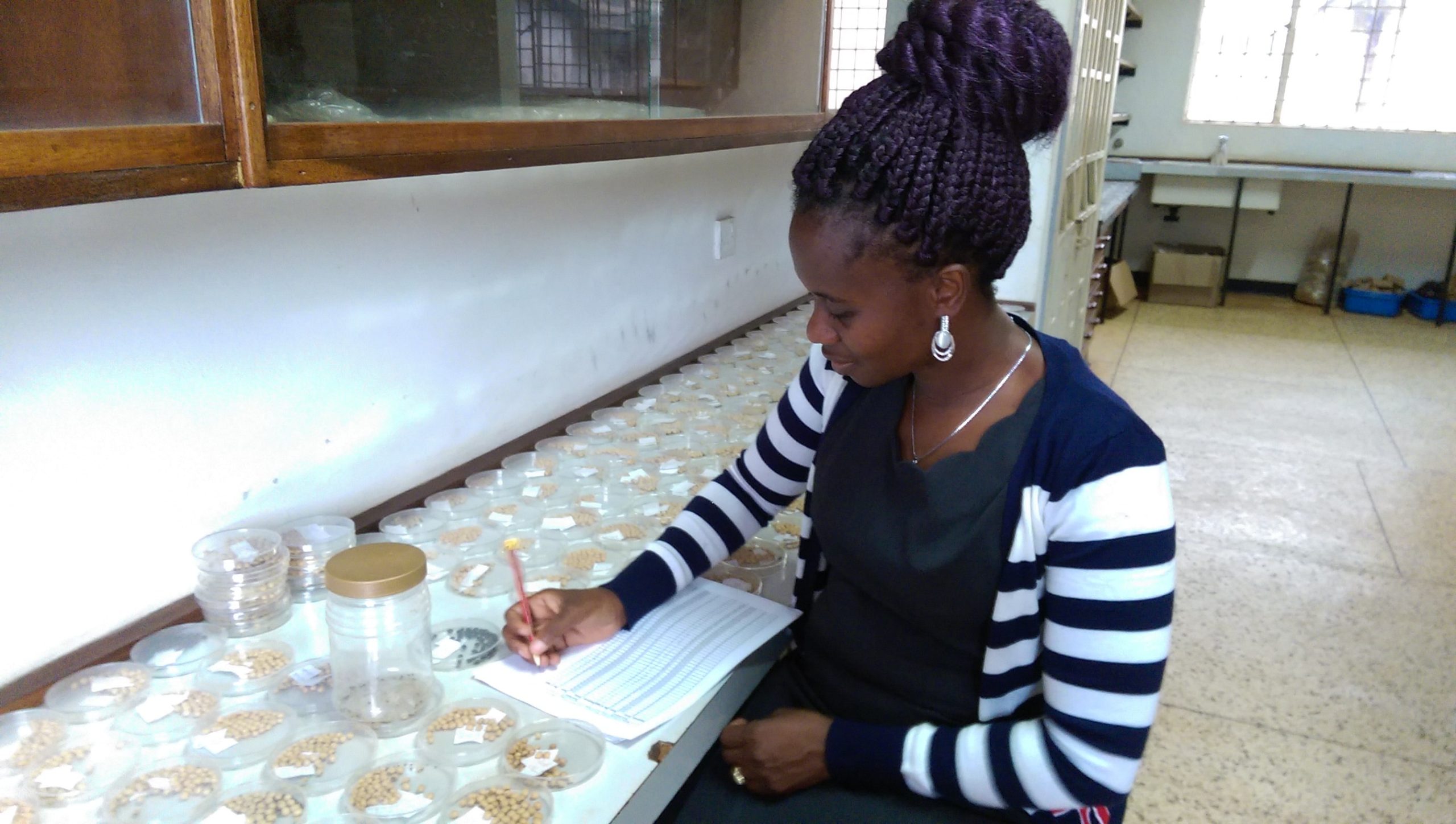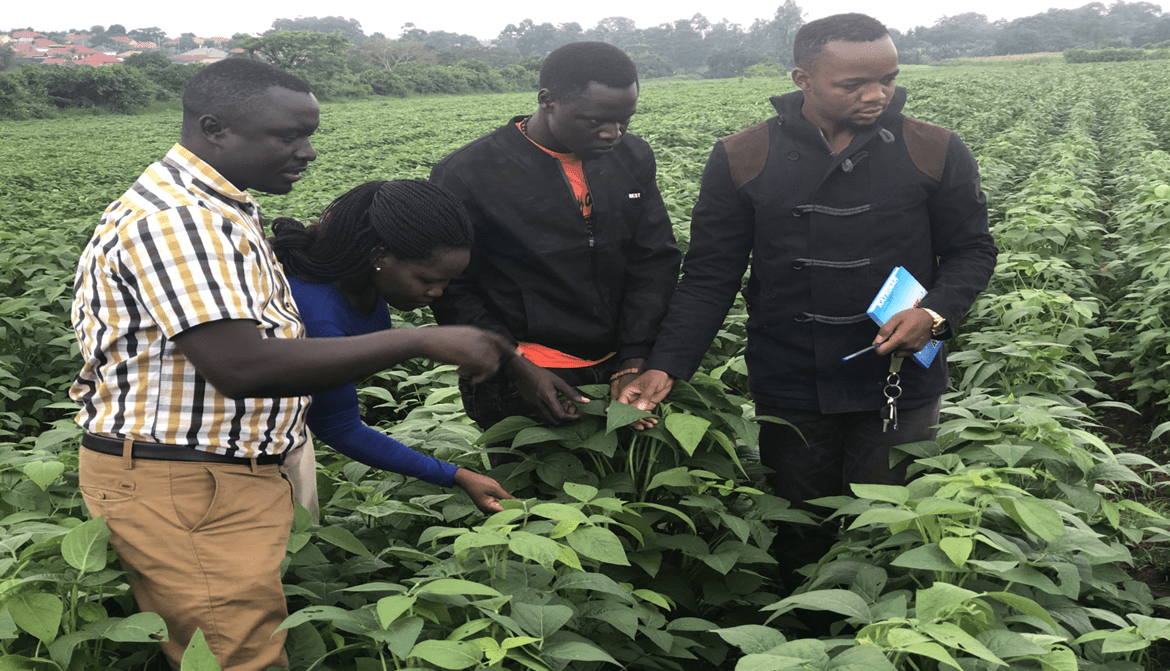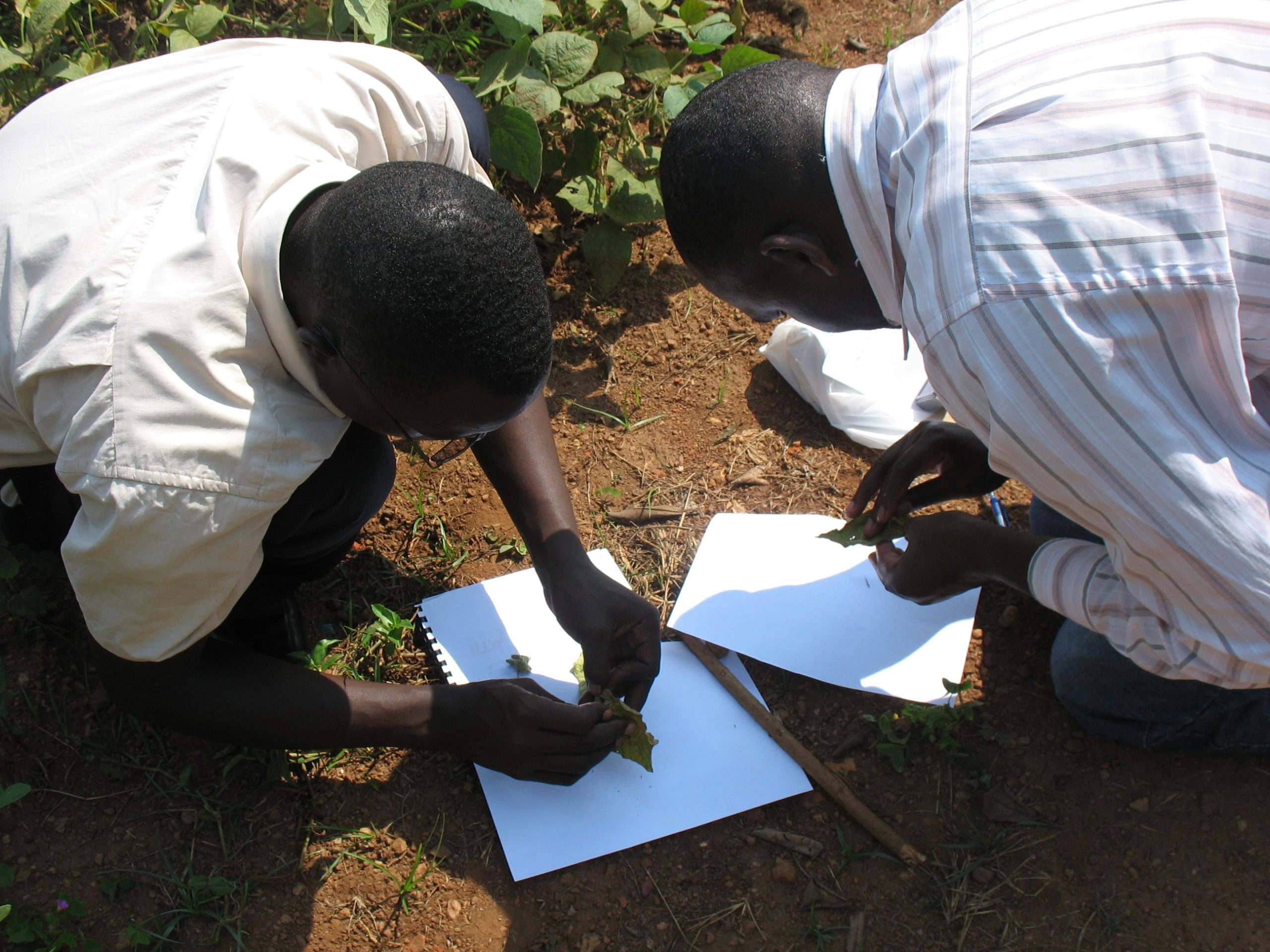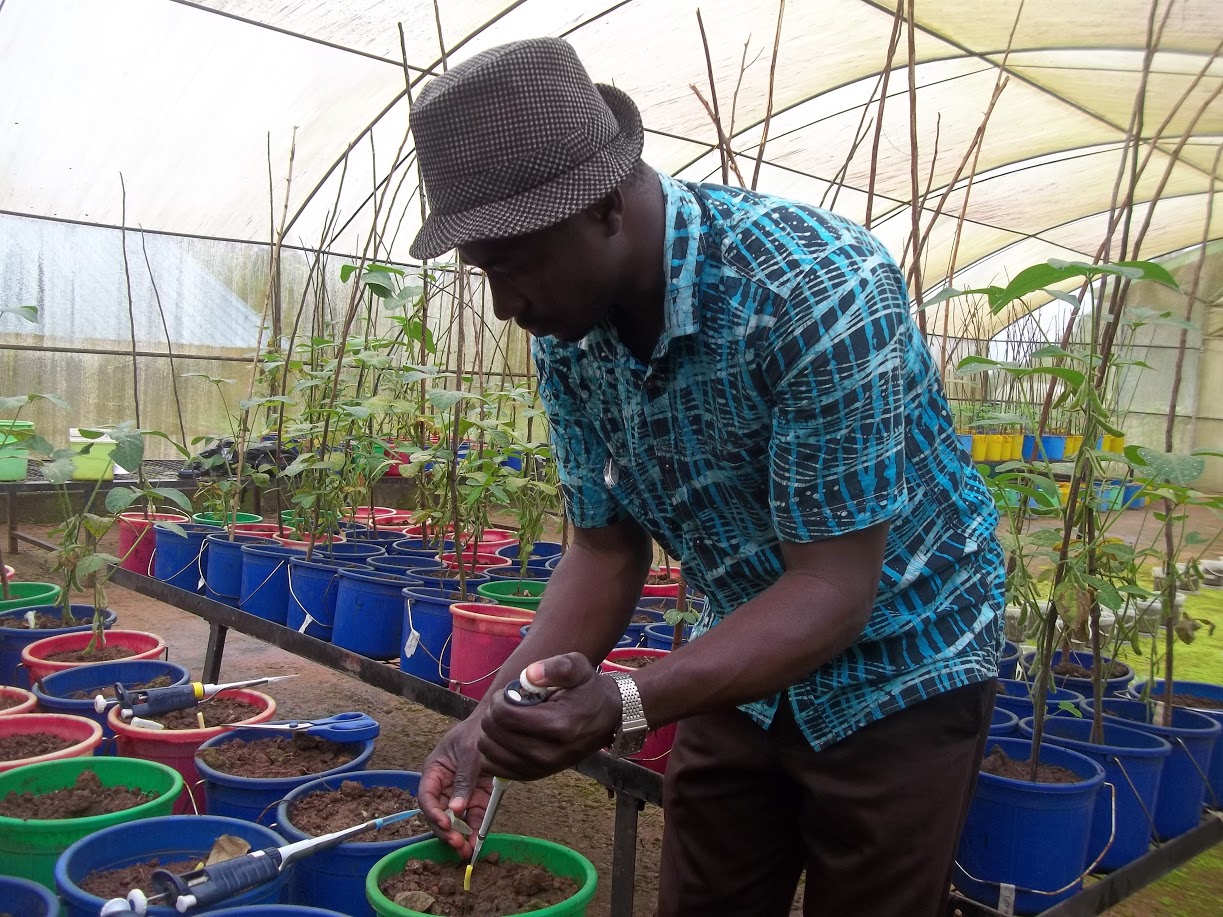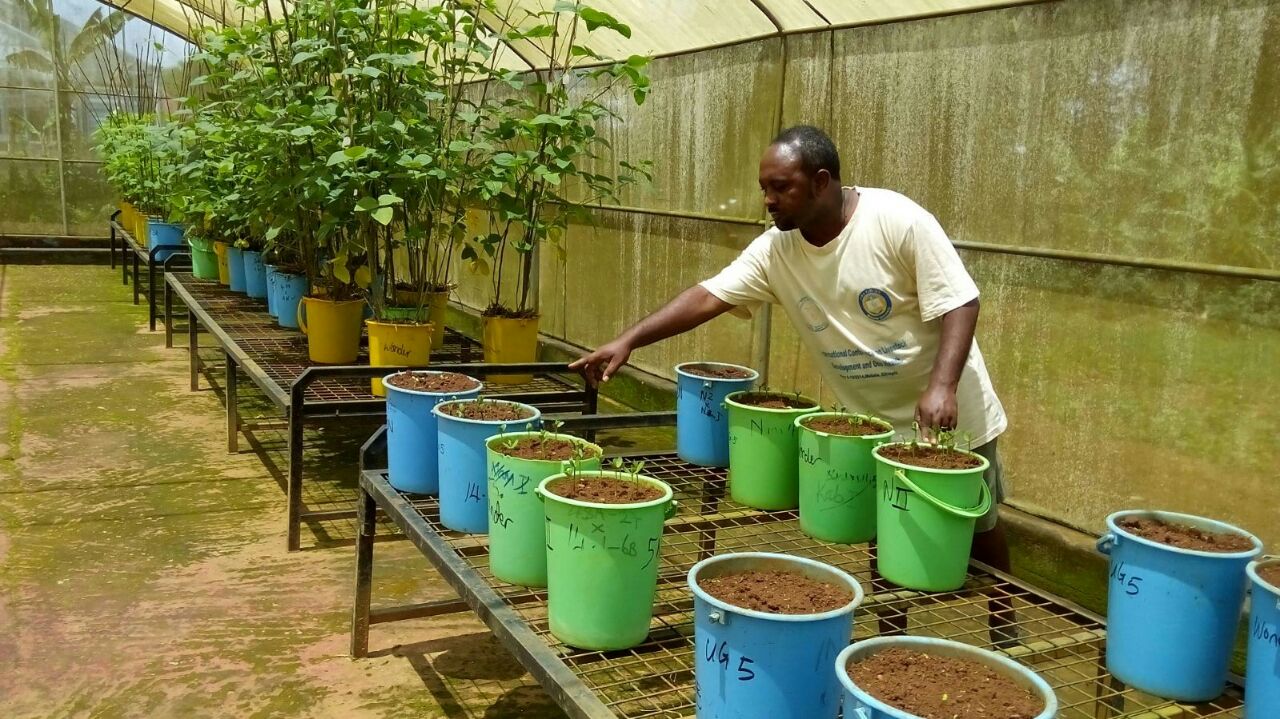MAKCSID Research
Soybean is faced with a number of production constraints (i.e. abiotic and biotic) that greatly affect yields. Although pests and diseases should be immediately controlled with recommended agrochemicals once observed in the field, the use of resistant varieties is the most cost-effective and recommended management strategy because it is environmentally safe.
Soybean rust caused by the fungus Phakospora pachyrizi Sydow is the most limiting factor to soybean production in Uganda and the tropics. Its entry and rapid establishment in sub-Saharan Africa (SSA) have caused major yield losses.
The general objective of soybean research and development activities in Uganda has been to develop locally adapted resistant varieties and to disseminate seeds of improved varieties to the different seed stakeholders in the soybean value chain.
The selection procedure used at Makerere Soybean centre is a modified single seed descent method, where a single pod is used instead of a single seed. Single plant selections are made from F5 generation stage on words depending on the trait of interest.
New selections are tested in preliminary yield trials at Namulonge and MUARIK and later at various research stations in advanced yield trials and farmers’ fields, where they displayed considerable resistance to ASR and gave acceptable yields under ASR pressure.
Germplasm conservation is a core component of any breeding programmes given that wide variation is required in the gene pool for any selections to be made. Hence, countries should develop their own genetic conservation programmes.

